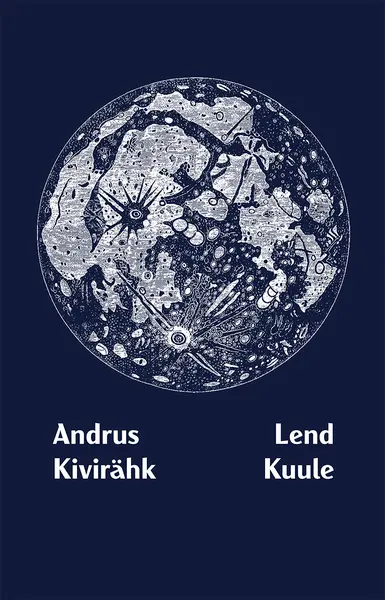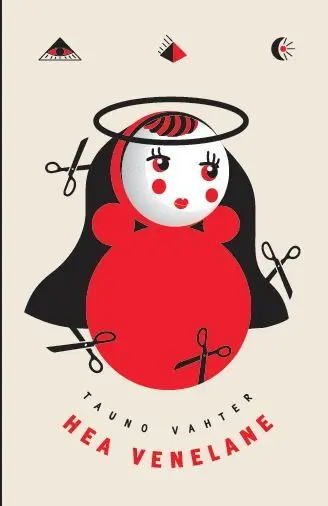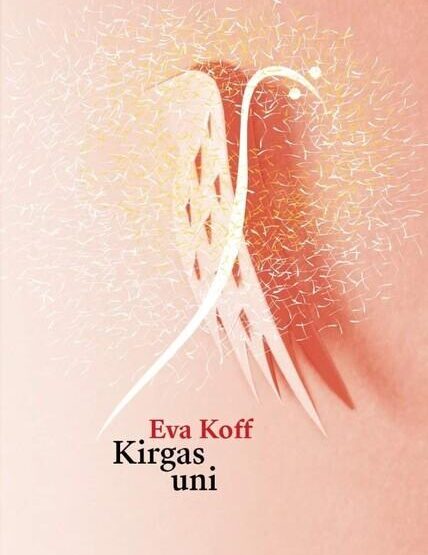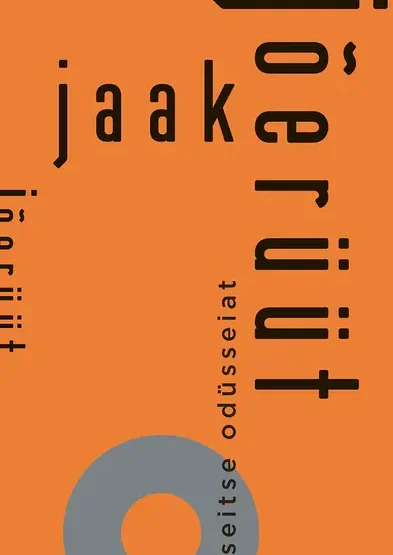Andrus Kivirähk is one of the most popular and fascinating Estonian authors of the last quarter century (and no doubt of all time). His newest novel, Flight to the Moon, is based on an old fairy tale about a flying ship and its magical crew. The myth itself is only present in the background, of course, and the reader need not have read it personally – the tale will either come to mind over time or become clear on its own.
A plethora of other modern and 20th-century myths, preconceived notions, and boilerplate representations are traversed parallel to the framework myth. There are even more universal narratives in the text and some that involuntarily make you wonder whether, to what extent, and in what way, a reader who has zero knowledge of intrinsically Estonian (or occupation-era) mental landscapes will be able to interpret the book. I suppose that understanding will be inherently different, albeit enjoyable. Earlier knowledge of a subject is nice, but a truly fine work of literature conjures the necessary degree of background itself, even having an impact on those who begin with a blank slate. Thereby, Kivirähk blends an assortment of eras with the present, sci-fi, environmental issues, magic, social porn, and many other ingredients to make a cocktail that is strong but won’t knock you off your feet. And yes, there’s even mention of cocktails themselves.
The subtexts in Flight to the Moon are doubtless revealed in greater splendor to a better-read person, but the book is also pleasantly palatable simply as a strange and somewhat absurd tale of adventure. Those familiar with Kivirähk’s earlier works, especially his novels, will find several connecting threads, and it nestles into his greater catalog with the utmost ease. Flight to the Moon is caustically sarcastic and deeply compassionate; warmly old-fashioned and extremely modern simultaneously. True to Kivirähk’s style, the Moon is naturally never reached, though it is always present overhead. The characters do, however, find themselves in many other places, then back again, and once more elsewhere.
Perhaps Kivirähk’s writing should be classified as unique magical surrealism. Or mythical irrealism. Realism must be included, at any rate, because it sometimes feels as if the story doesn’t merely spring from reality and life itself, but also from other literature that is deemed realistic. As if the author skillfully works to employ the most commonplace form of realism to convey something entirely different. Considering how much and how thoroughly Kivirähk has experimented with the styles of classic Estonian authors like Oskar Luts, A. H. Tammsaare, and others, this should come as no surprise. What is admirable is how he, while masterfully mixing so many layers and milieus, still manages to achieve true international fame and acclaim. Given that, it makes no difference what ornate term is used to label Kivirähk’s writing. What does matter is that the cocktail master knows the secret ingredient!
Andrus Kivirähk
Flight to the Moon
Lend Kuule
EKSA 2022, 220 pp.
ISBN 9789916677292





